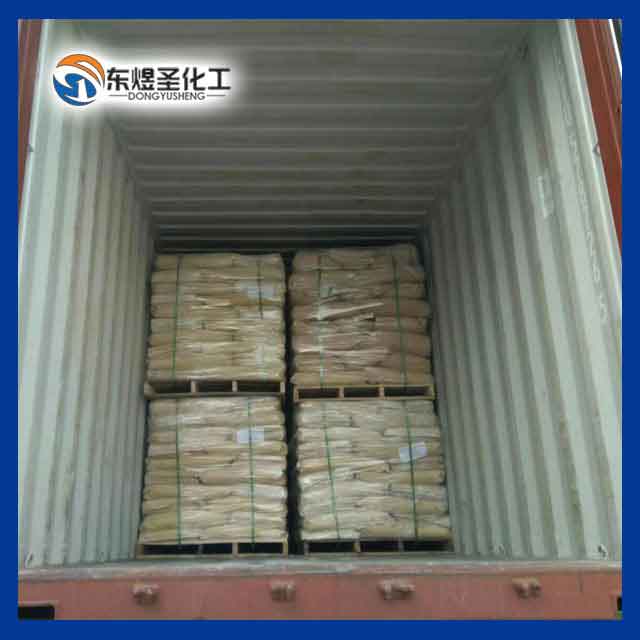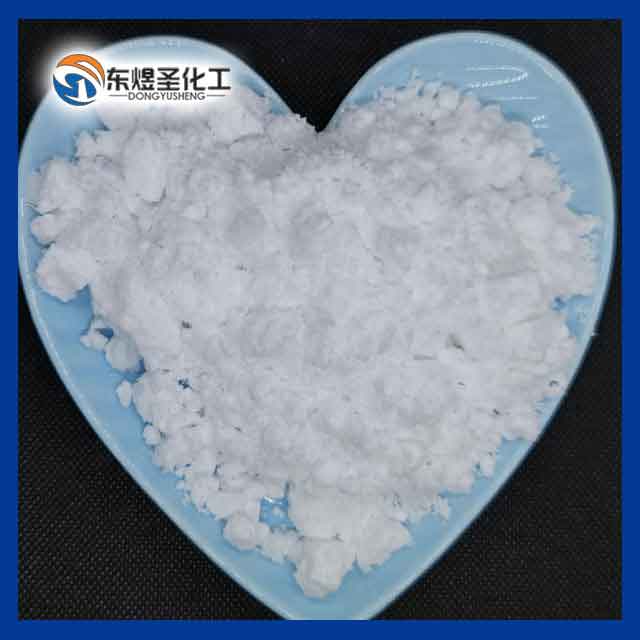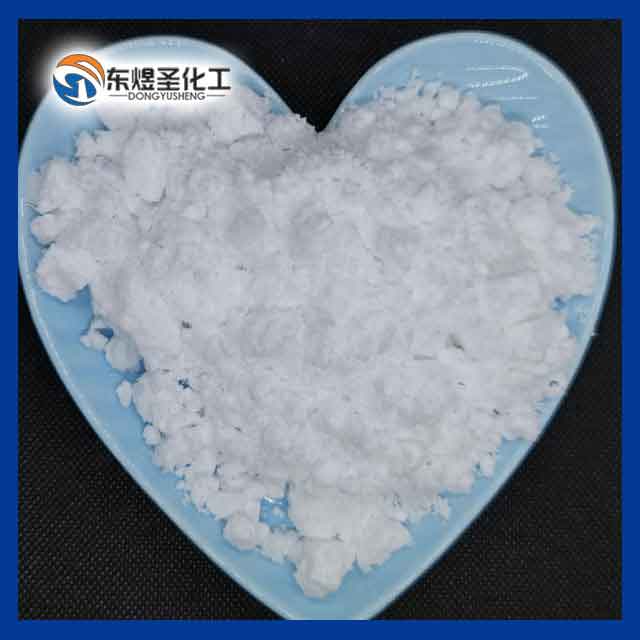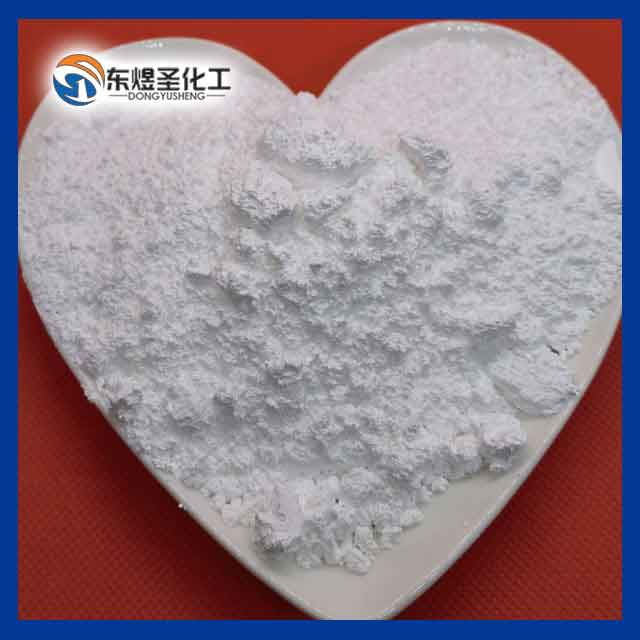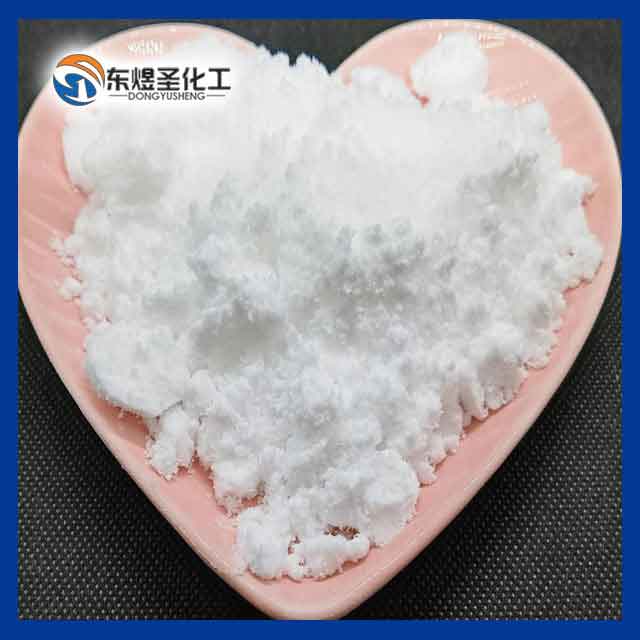Introduction to Flame Retardant Aluminum Hydroxide
The performance of flame retardant aluminum hydroxide
Flame-retardant aluminum hydroxide is widely used as a flame-retardant material. As a fireproof material, it has excellent performance. Many friends don't know enough about its performance, so let's get to know it together and hope it will be helpful for your future use.
Flame-retardant aluminum hydroxide is widely used as a flame-retardant material. As a fireproof material, it has excellent performance. Many friends don't know enough about its performance, so let's get to know it together and hope it will be helpful for your future use.
1.The refinement of flame-retardant aluminum hydroxide leads to changes in the smoothness and mechanical properties of synthetic materials, as well as poor affinity and low interfacial adhesion of polymers (especially non-polyolefins). It can be more uniformly dispersed in the matrix resin. Aluminum hydroxide flame retardant makes it possible to transform from low-efficiency flame retardant to high flame retardant, or from ordinary products to high-functional products.
2. Flame-retardant aluminum hydroxide is an inorganic material. It can be added to composite materials as a flame retardant, which will reduce the processing technology and physical properties of the product. ATH with extremely fine particle size enhances the interaction of the interface. Treating aluminum hydroxide with a silane or titanate coupling agent with an amphoteric structure and organizing its surface can change the affinity between the flame-retardant filler ATH and the matrix polymer, and enhance the processability of the material.
The performance of flame-retardant aluminum hydroxide is introduced here. In the process of use, we must pay attention to the correct method of use, only in this way can we ensure its good performance and good flame retardant effect. Everyone should pay attention to the relevant knowledge of the product in the future use.
Flame-retardant aluminum hydroxide can be mainly used as a flame-retardant material. Of course, because it is a chemical substance, it is widely used in applications. For example, in the printing and dyeing industry, it can be used as an adsorption dye, but also as a filler.
The main use of flame retardant aluminum hydroxide
Flame-retardant aluminum hydroxide is one of the halogen-free flame-retardant smoke inhibitors used in synthetic materials.
Flame-retardant aluminum hydroxide is one of the halogen-free flame-retardant smoke inhibitors used in synthetic materials.
(1) It has three functions: flame retardant, smoke suppression and electrification. There is no secondary pollution during the combustion process. It has good dispersibility in polymers and is easy to produce flame retardant synergy with other additives. It can be widely used in unsaturated polymers. Ester, epoxy, thermoplastic, synthetic rubber, composite materials, etc.
(2) When using unsaturated polyester injection to manufacture various high and low voltage biographical switches, flame-retardant aluminum hydroxide is added to make the product flame-retardant and arc-resistant. The whiteness of high-content aluminum hydroxide reaches more than 93%, so it has a certain crystal form and has a refractive index similar to that of polyester resin.
(3) Among epoxy resins, flame-retardant aluminum hydroxide can greatly increase the oxygen index, and can be used for sealing materials, castings, epoxy glass fiberboards, etc. In terms of biography, aluminum hydroxide can improve the stress resistance and stress resistance of epoxy resins. Epoxy resin filled with aluminum hydroxide also has broad development prospects in the manufacture of transformers, insulating materials and switchgear.
(4) Adding high-charge flame-retardant aluminum hydroxide to flammable polyolefin plastic products (such as polyethylene and polypropylene) not only improves the flame retardancy, but also makes the highly charged polyolefin easier to carry out through the compound reaction Processing and improving the tensile strength and impact resistance of the product can be widely used in biographical catheters and equipment jackets.
(5) In rubber, flame-retardant aluminum hydroxide can be used not only as a flame retardant, but also as a reinforcing agent, foam rubber and rubber adhesive for the bottom of carpets, and carpets can also be used for neoprene. Flame-retardant aluminum hydroxide also plays an important role in improving the leakage protection performance of silicone rubber.
(6) Flame-retardant aluminum hydroxide is widely used in the carpet and non-woven fabric industry, mainly using high charge and environmental flame retardancy.
(7) Ultra-fine active special flame-retardant aluminum hydroxide is mainly used to produce low-smoke halogen cables, composite insulators and copper foil laminates.
The principle and application of flame-retardant aluminum hydroxide
Flame-retardant aluminum hydroxide, referred to as ATH. The principle of flame retardant is: when aluminum hydroxide is heated and decomposed, it will release crystal water. The process is a strong endothermic reaction, which absorbs a lot of heat and can cool the polymer. At the same time, the water vapor produced by the reaction can dilute the combustible gas and inhibit combustion diffusion.
Flame-retardant aluminum hydroxide, referred to as ATH. The principle of flame retardant is: when aluminum hydroxide is heated and decomposed, it will release crystal water. The process is a strong endothermic reaction, which absorbs a lot of heat and can cool the polymer. At the same time, the water vapor produced by the reaction can dilute the combustible gas and inhibit combustion diffusion.
The new refractory metal oxide Al2O3 has higher activity. It catalyzes the thermal oxygen crosslinking reaction of the polymer and forms a carbonized film on the surface of the polymer. The carbonized film will weaken the heat and mass transfer effects during the combustion process, thereby playing a flame retardant effect. Al2O3 can also adsorb soot particles and play a role in suppressing smoke.
The chemical formula of flame-retardant aluminum hydroxide is Al(OH)3, which is the hydroxide of aluminum. Aluminum hydroxide can react with acid to form salt and water, and it can also react with strong base to form salt and water, so it is an amphoteric hydroxide. Because it shows a certain degree of acidity, it is also called aluminate (H3AlO3).
Flame-retardant aluminum hydroxide, has anti-melt dripping, promotes carbonization, does not volatilize, does not ooze, and can be retained in the polymer for a long time. It has the advantages of non-toxic, good stability, non-toxic gas at high temperature, and can reduce the amount of smoke and dust when plastic is burned. Its price is also very low and it is widely used.
The dehydration endothermic temperature of flame-retardant aluminum hydroxide is low, about 235~350℃, and the flame-retardant effect is obvious at the beginning of combustion. When 40% ATH is added, it can significantly reduce the thermal decomposition temperature of PE (polyethylene), PP (polypropylene), PVC (polyvinyl chloride) and ABS (butadiene/styrene copolymer), and has Good flame retardancy and smoke reduction effect.
In Japan, polyolefin containing 50% aluminum hydroxide is mainly used to make food packaging materials. Flame retardant polyolefin containing 60% aluminum hydroxide can be used as building materials and interior decoration materials for automobiles and ships.

